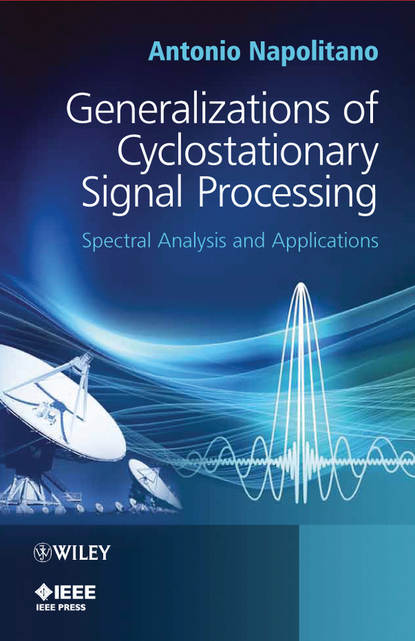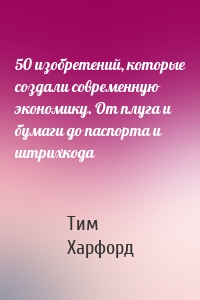
Generalizations of Cyclostationary Signal Processing. Spectral Analysis and Applications скачать fb2
Antonio Napolitano - Generalizations of Cyclostationary Signal Processing. Spectral Analysis and Applications краткое содержание
The relative motion between the transmitter and the receiver modifies the nonstationarity properties of the transmitted signal. In particular, the almost-cyclostationarity property exhibited by almost all modulated signals adopted in communications, radar, sonar, and telemetry can be transformed into more general kinds of nonstationarity. A proper statistical characterization of the received signal allows for the design of signal processing algorithms for detection, estimation, and classification that significantly outperform algorithms based on classical descriptions of signals.Generalizations of Cyclostationary Signal Processing addresses these issues and includes the following key features: Presents the underlying theoretical framework, accompanied by details of their practical application, for the mathematical models of generalized almost-cyclostationary processes and spectrally correlated processes; two classes of signals finding growing importance in areas such as mobile communications, radar and sonar. Explains second- and higher-order characterization of nonstationary stochastic processes in time and frequency domains. Discusses continuous- and discrete-time estimators of statistical functions of generalized almost-cyclostationary processes and spectrally correlated processes. Provides analysis of mean-square consistency and asymptotic Normality of statistical function estimators. Offers extensive analysis of Doppler channels owing to the relative motion between transmitter and receiver and/or surrounding scatterers. Performs signal analysis using both the classical stochastic-process approach and the functional approach, where statistical functions are built starting from a single function of time.
Чтобы оставить свою оценку и/или комментарий, Вам нужно войти под своей учетной записью или зарегистрироваться



